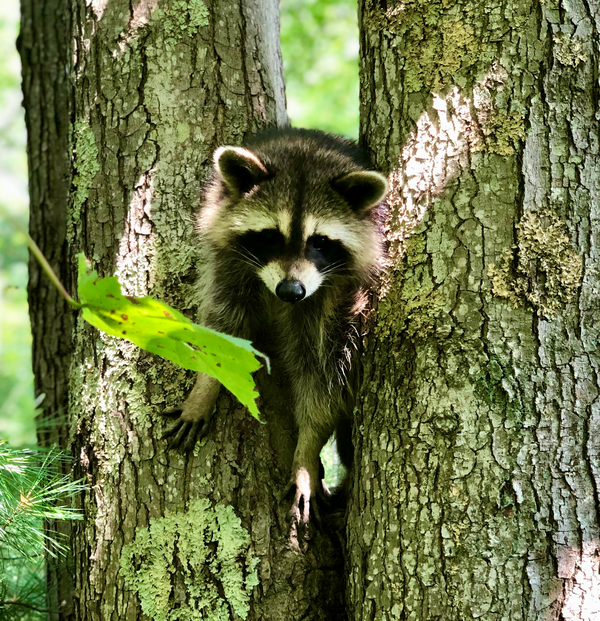Hi. Looks like you’ve gone off trail.
We recently updated our website (yay!) and the page you are looking for is not here (boo!). There are a few reasons this could have happened including it was combined with another page or it was a program that ended.
We recommend giving the search a try (look for the magnifying glass at the top of the page). Still can’t find what you're looking for? Let us know and we'll help you find the trail again.

Raccoon © Stacey Cobb


